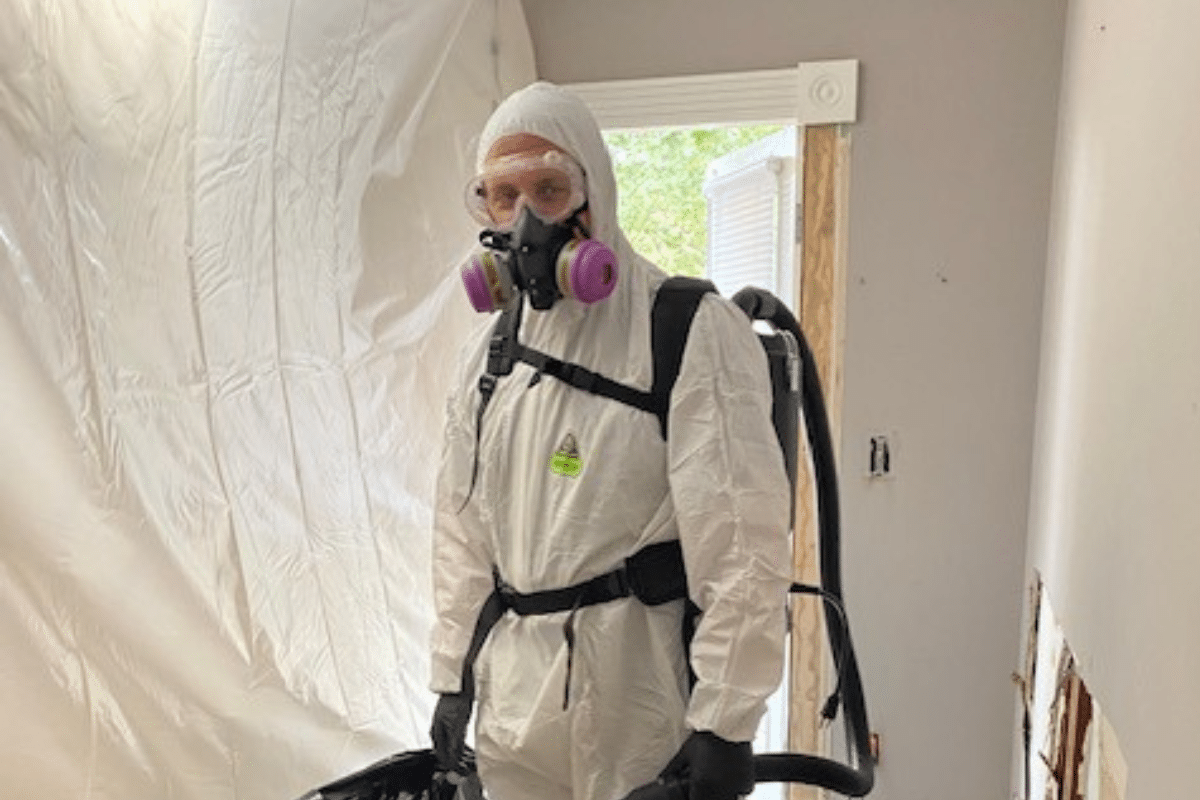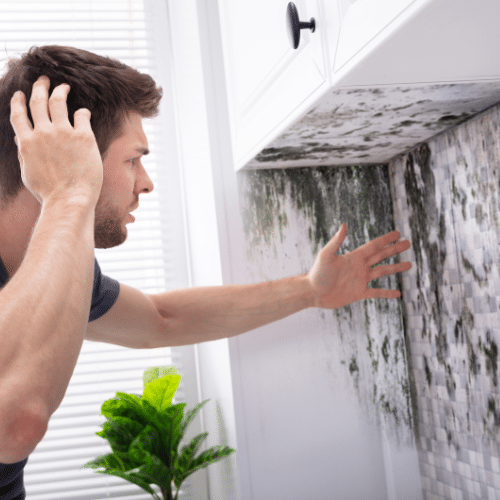Understanding the Importance of Regular Mold Inspections for Healthy Living

Mold is more than just an unsightly nuisance—it can seriously threaten your health and the integrity of your home. Regular mold inspections are crucial in maintaining a healthy living environment. This blog post will guide you through the benefits of conducting mold inspections, how to perform them effectively, what signs to look out for, and steps to take if mold is found.
Why Mold Inspections Matter

Mold spores are everywhere, but problems arise when they grow and multiply in the perfect conditions—warmth, moisture, and organic material. Regular mold inspections help prevent the spread of mold by catching it early before it becomes a larger issue. They ensure that your living space remains safe, clean, and healthy. By conducting these inspections, you can avoid the complications associated with mold exposure, such as respiratory issues, allergies, and even more severe health risks.
Recognizing the Signs of Mold
Knowing what signs to look for is the first step in effective mold management. Common indicators of mold growth include visible mold, a musty smell, water damage, and excessive humidity. Discoloration on walls, ceilings, and floors can often be a telltale sign of mold. Additionally, if you or your family members start experiencing sudden allergic symptoms like sneezing, sore eyes, or a runny nose without an apparent cause, it could be due to mold exposure.
Tools Needed for a Mold Inspection
To conduct a mold inspection, you will need a few essential tools: a flashlight, a screwdriver, a moisture meter, and protective gear such as gloves and a mask. The flashlight helps you spot mold in dark, hidden areas of your home. The screwdriver is useful for probing wood to find hidden decay or moisture, which can indicate mold growth. A moisture meter can help you measure humidity levels and detect dampness in walls, which is crucial for preventing mold growth.
Steps to Inspect Your Home for Mold
When inspecting your home for mold, it’s important to be thorough and systematic. Start by inspecting areas where mold is most likely to grow—basements, bathrooms, kitchens, and around windows and pipes. Use your tools to check for signs of moisture and decay. If you detect high humidity levels with your moisture meter, it could be a potential hotspot for mold. Inspect behind furniture, corners, and other less visible areas where mold might hide.
Addressing Found Mold
If you find mold in your home, addressing it quickly is crucial to prevent its spread. For small areas, cleaning with water and vinegar can be effective. However, hiring professionals who can remove the mold safely and effectively might be necessary for larger infestations. Remember, addressing the source of moisture is essential to ensure the mold does not return.
Prevention: Better Than Cure
Preventing mold from growing in the first place is the best strategy. Ensure your home is well-ventilated and keep humidity levels low. Regularly check for leaks and fix them promptly. Using dehumidifiers in damp areas can also help control moisture levels. Simple habits like using exhaust fans in bathrooms and kitchens and opening windows regularly can significantly reduce the risk of mold growth.
The Health Benefits of a Mold-Free Home
Living in a mold-free home offers numerous health benefits. It enhances the air quality and reduces the risk of respiratory conditions and allergies. Keeping your home mold-free helps protect not only your health but also the structural integrity of your building, preventing costly damages.
When to Call the Professionals
A professional mold inspection is sometimes necessary, especially if you have experienced water damage or suspect hidden mold. Professionals are equipped with advanced tools and techniques to detect and remove mold effectively. They can also provide valuable advice on preventing future mold problems.
Regular Inspections: Key to a Healthy Home
In conclusion, regular mold inspections are vital for maintaining a healthy living environment. They help detect mold early, prevent its spread, and safeguard your home and health. By staying vigilant and proactive, you can ensure that your home remains a safe and comfortable space for everyone.
